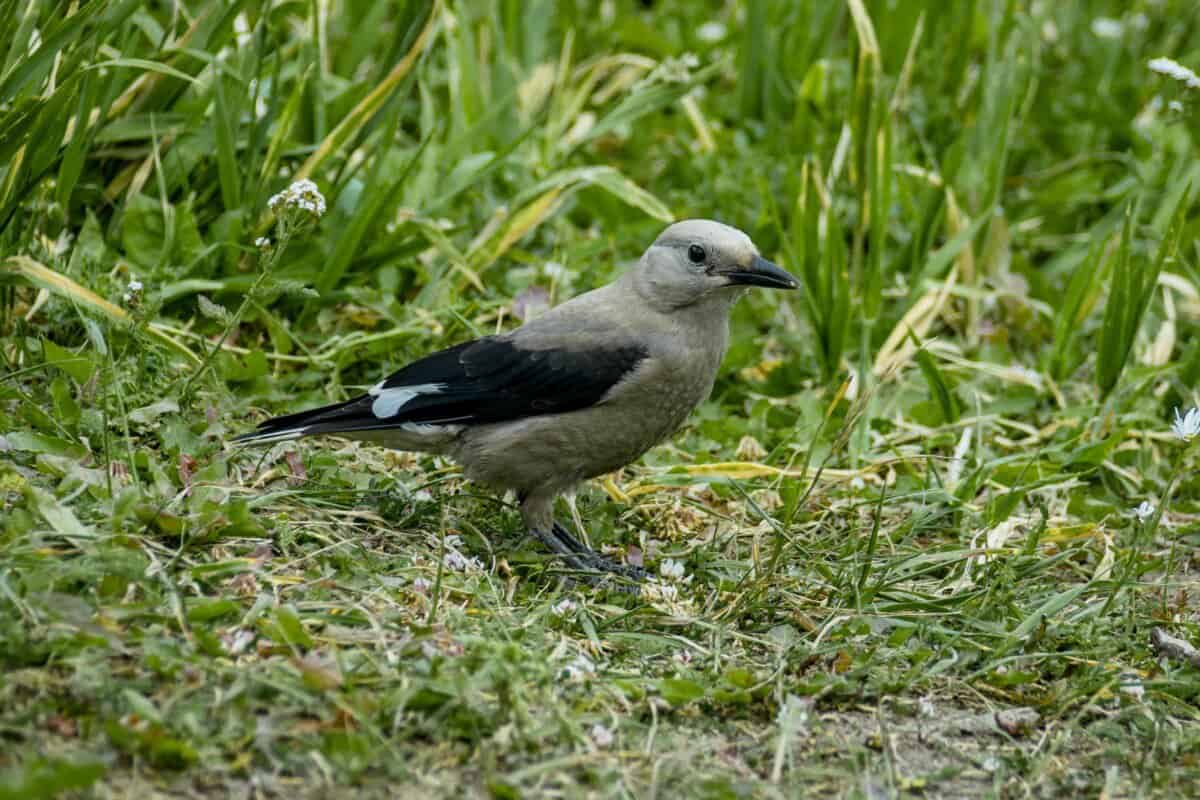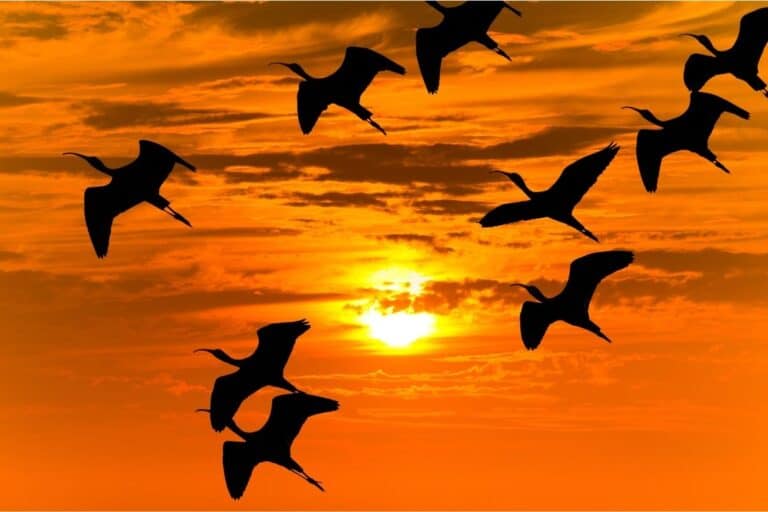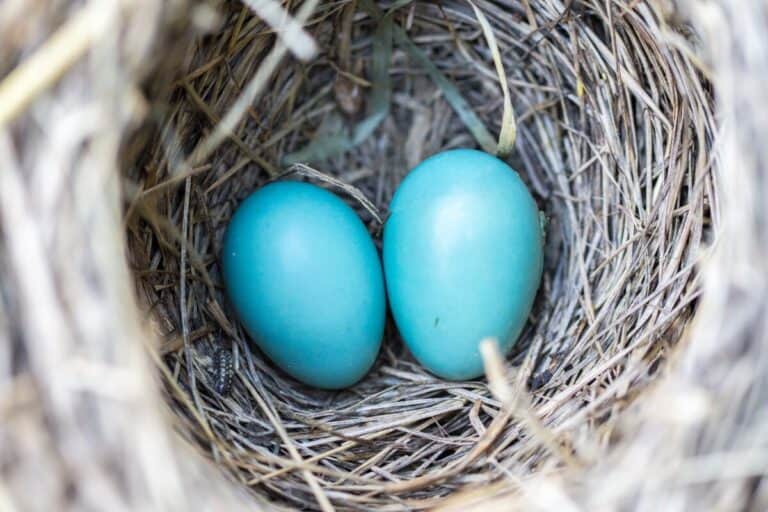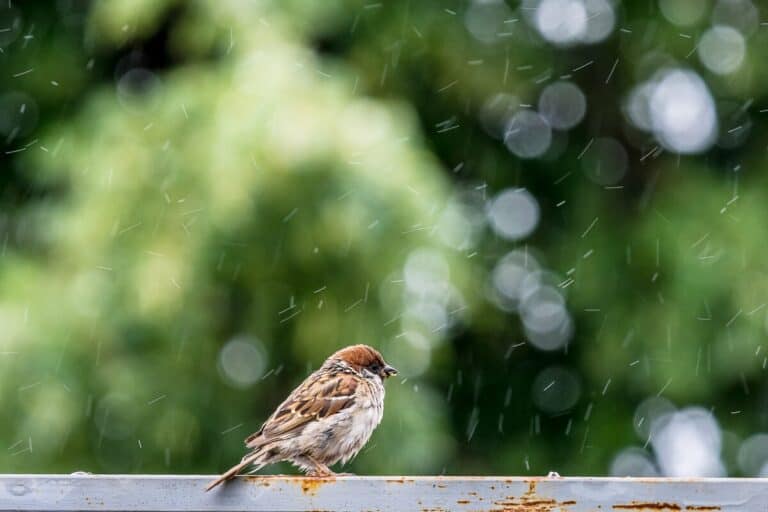What Is A Lifer In Birding? [ANSWERED! + Usage Examples]
We’re reader-supported; we may earn a commission from links in this article.
If you’re reading this, chances are that you have heard birders mention the word ‘lifer’ in person or online! Clueless on its definition? No worries, I did some research on it and found its meaning and usage. Here’s what I found:
A lifer in birding is a bird that a person has successfully sighted and identified for the first time in their life. Subsequent sightings of the same bird species by the same birder are no longer counted as lifers. A lifer in birding is derived from seeing a bird the first time, once in a lifetime.
Now you also know the definition of a lifer! But don’t go yet, because I’ll cover its usage, its importance, and how to find and track your own lifers!
Read on for more!
1. All About Lifers
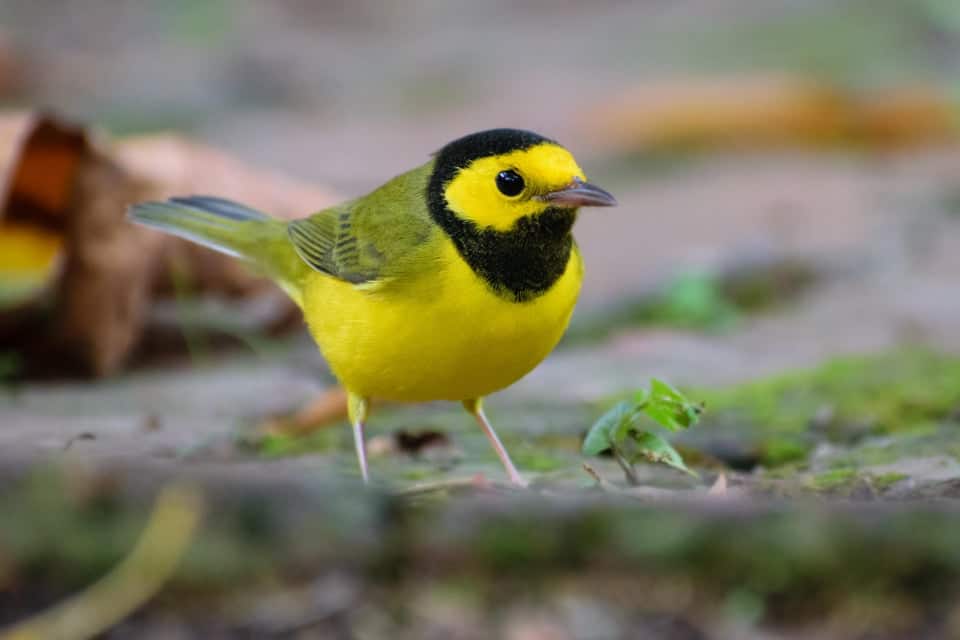
You may have heard of other birds exclaiming out loud: ‘That’s a lifer for me!’ or ‘My gosh, that’s a lifer!’ after they snapped a picture of a bird in the distance.
If you’re once a completely new birder like myself, you will also be totally confused!
I mean, I thought that lifer meant something else like maybe I was such a caveman that didn’t understand modern lingo.
A quick check on Google returned the definition of a lifer to be the following:
- A person serving a life sentence.
- A person who spends their life in a particular career, especially in one of the armed forces.
Wait… that can’t be right! I added the word birding behind it and got the definition I wanted.
Turns out, I wasn’t such a backdated person and the term ‘lifer’ was specifically reserved a slang that birders came up with over the years!
Lifer
/ˈlʌɪfə/ or leye-fuh
The birding term ‘lifer’ or ‘life bird’ refers to a bird that an individual birder has sighted and successfully identified with its species name for the very first time in their life. Subsequent sightings of the same bird species by the same birder are no longer counted as lifers. Lifers are held in high regard by birders due to the excitement of seeing it for the first time by themselves.
Lifers that a birder has seen in his lifetime are typically compiled into a list of bird species known as a life list. A life list is a list of unique bird species that a birder has seen in his/her lifetime. (one of each sighted bird species)

After examining what a lifer meant, I realized that there were many grey areas as to what qualifies as a lifer in birding.
Presently, there are no official international conventions or guidelines to classify a bird species as a lifer.
Generally, an observation or detection of a bird species in the wild can be considered as successfully finding a lifer.
Of course, birds in captivity are not counted like in zoos and aviaries.
If you’re new to birding, check out a beginner’s guide to birding I made! I wrote it purely to help people like myself learn to bird better.
The qualification to call a bird a lifer probably came about due to birders who love to go birding by ear.
Birding by ear is the activity of birding and identifying birds based on their songs, calls, and other sounds that they make. These sounds are then compared against a recording of their sounds to confirm the ID.
In such cases, casually calling a bird a lifer is no issue.
However, for purposes of submission of life lists to birding competitions and organizations, birders would need to follow their respective rules and regulations.
Some organizations tend NOT to qualify auditory identification as a positive ID for a lifer.
2. Why Are Lifers So Important To Birders?

Everyone remembers their first time for a lot of instances in their lives. Their first kiss, their first love, their first graduation, their first skydive, their first day of school, and their first day of school. There’s always that fresh feeling of experiencing something new that is shared among so many people.
Hunting Instinct
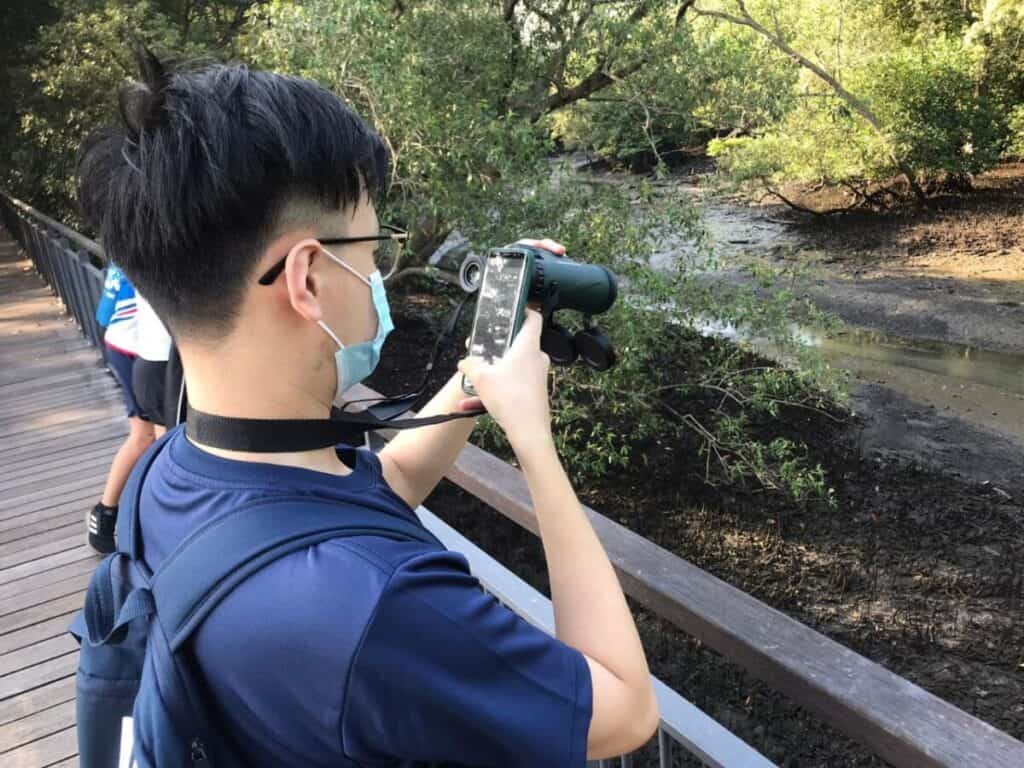
Finding lifers are no different! Birders get an absolutely thrilling adrenaline rush through their veins when they sight a rarer lifer for their first time!
I believe this is even so for long-time birders who manage to find a migratory lifer for the first time in their region.
This can be attributed to the human desire and instinct to hunt animals in the past for survival in the past, but only to be replaced with spotting birds instead of killing them in this modern age!
I mentioned earlier that birders collected life lists. This is one of the reasons that drives birders to be so motivated to add more lifers to their list.
Some birders take it as an opportunity to compete with one another to obtain as many lifers as possible to achieve a longer life list.
That’s why birders are so ecstatic when they see a lifer!
Competition Between Birders
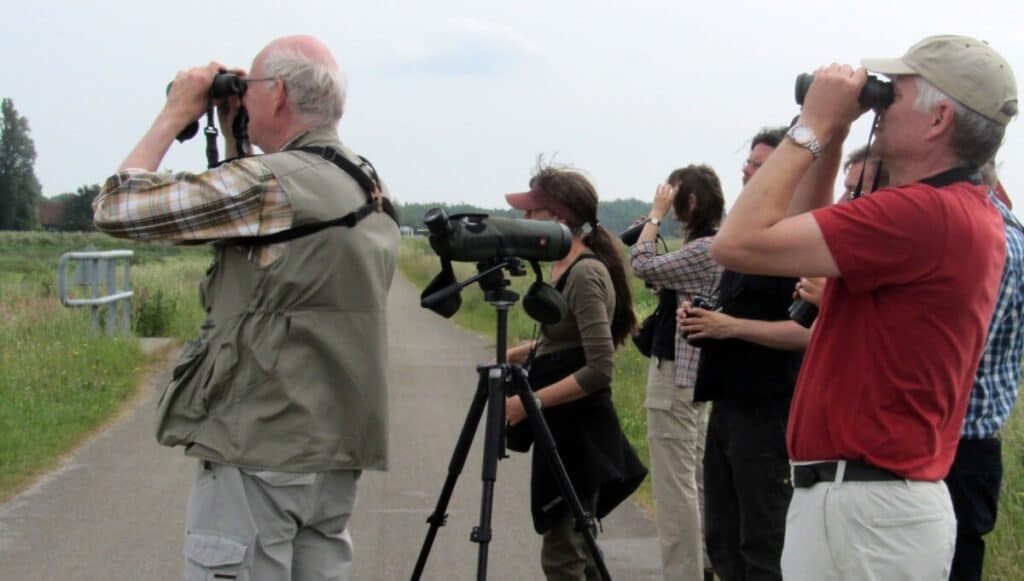
Earlier I mentioned competition between birders and that can just be casual competitiveness between the birding community.
However, when it comes to more serious competition between birders, the Big Day is what you should be thinking of. Big Day is a calendar day in which birders try to spot as many birds as they can for 24 hours.
Similarly, a big year is also done among birders to spot as many birds as they can for 365 days.
Typically, we can a day a big day when we spot lots of birds and lifers, and a big year a year with lots of observations of birds and lifers!
3. How Do Birders Track Their Lifers?

Traditional birders still use their field guides and notebooks to check against for their lifers.
They would spot a bird, then write down its description and maybe snap a photo or two, then flip through a field guide for an ID.
If the field guide descriptions match a bird that a birder has never seen before, then they would have found a lifer.
However, in recent advances in technology, many birders are moving away from pen and paper and onto birding apps for tracking their lifers.
Many birders around the world use the Merlin Bird ID app to get a good ID of a bird and then either input their observations within the app or go over to the eBird app to log them down.
Personally, here’s how I track my birds and lifers in a life list:
I first spot the bird in question, then either run it through the Photo ID on my Merlin Bird ID app or the Bird ID function questionnaire to determine the ID of the bird.
If the bird is determined to be a completely new bird species I have never spotted before, then I will directly input it into my Merlin Bird ID life list, which will automatically be synced up with my eBird life list.
If you’d like to check out some birding apps I recommend, read another blog post I wrote about it here.
Syncing up my life list from Merlin Bird ID to eBird has its advantages because I can also contribute to the collection of bird sighting data for use by scientific researchers known as ornithologists in my region!
This is known as citizen science, where citizens like myself can contribute to scientific research in birding!
4. How You Can Find Lifers
If you’d like the most effective methods to find lifers, you may consider going to birding festivals, birding tours, or try out twitching! Here’s more information on these methods:
Birding Festivals
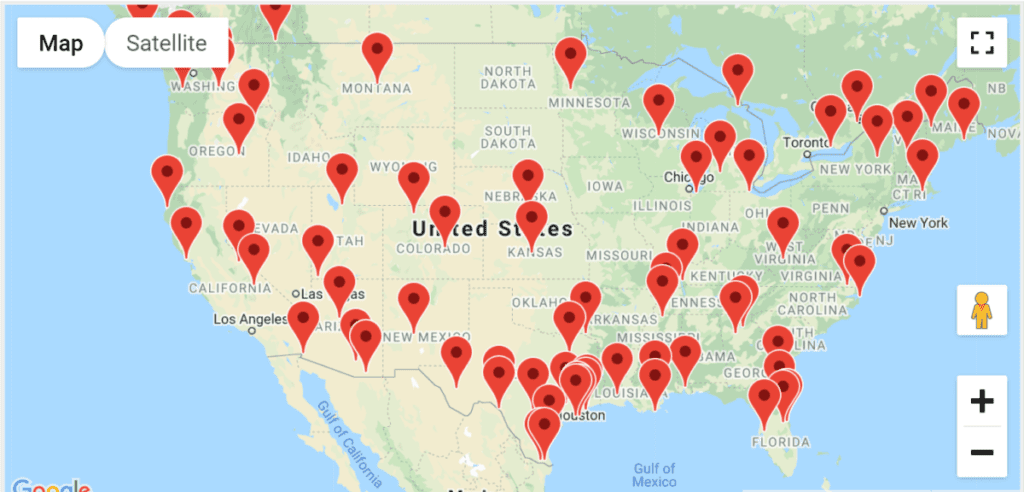
If you’re new and you want to get connected with other birders while collecting lifers, a great way to start is by attending birding festivals.
Birding festivals are great at orienting you to amazing birding spots at the perfect times of the year — during the migration seasons.
Plus, there will be many experts and local birders at the event to help guide you to spot more lifers.
At the same time, you get to speak to others who share this hobby who may share tips on finding lifers. You can find festivals coming up near you on the All About Birds website here or on Bird Watcher’s Digest’s website here.
Birding Tours

Birding tours are tours that are held and led by professional and seasoned birders who take tourists to popular birding spots in their region.
These tours are a great and probably the most effective way to find lifers.
This is because if you live in a temperate climate and you take a birding tour to a tropical climate, you will definitely be treated to lots of birds you’ve definitely never seen before.
I would say you could easily add dozens to your list!
The same applies vice versa of course!
Twitching

You could also try out twitching! If you’re new then you’re probably wondering what on earth this term means. Twitching is a birding term that has British origins used to mean “the pursuit of a previously located rare bird.”
This activity often involves traveling far distances just to track down and sight a rare bird that was recently sighted by another birder.
By the way, a twitcher is a person who practices twitching!
I have definitely seen many doing this in my region, Singapore!
Some birders have driven 2 hours out just to find the bird that another birder had spotted a day ago during the migratory season.
I would suggest this for more seasoned birders though because if you’re new, you don’t need to go to such lengths to see another lifer yet.
You can start with the birds in your backyard first!
5. Apps You Can Use To Track Your Lifers
You can choose how you want to track lifers however you want.
If you’re completely new, I would suggest you start by downloading the Merlin Bird ID app and play around with the identification functions to get used to it and practice by adding common birds in your area to your life list.
Once you get the hang of it, then you can proceed to explore eBird or other apps that capture life lists on the Apple App Store or Google Play Store.
An alternative life listing app I recommend is iNaturalist.
Here’s a complete article and YouTube video guide of how to use the Merlin Bird ID app if you’d like!
6. Other Birding Slang Related To Lifers
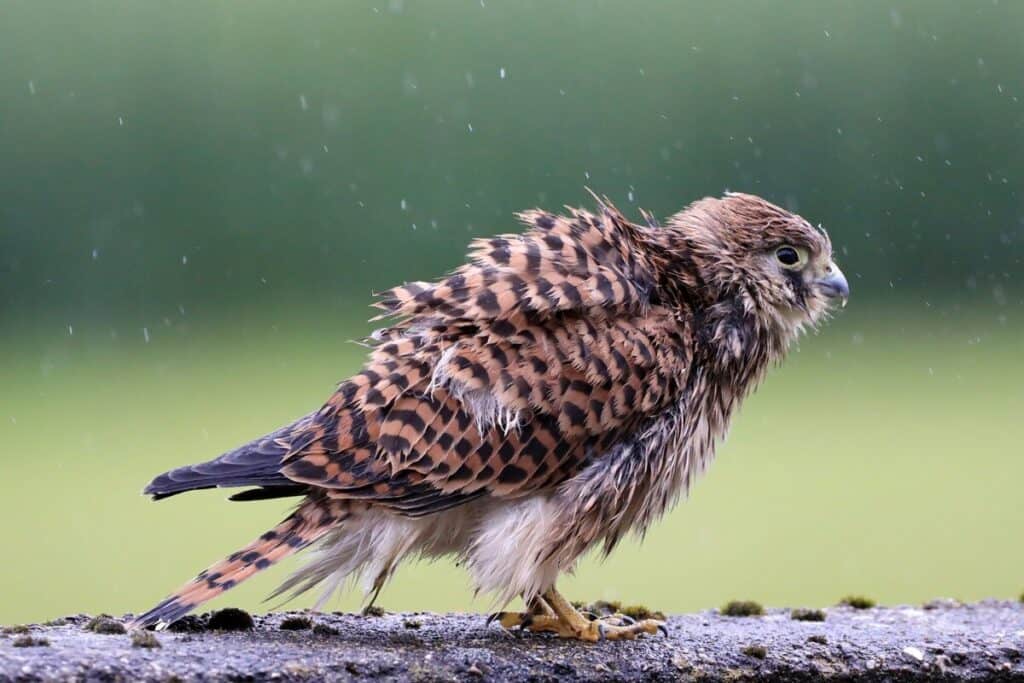
While lifer may be a birding slang that is often heard, there are many other terms that are used in similar situations to lifers! They are the nemesis bird and the crippler.
A nemesis bird is a bird species that is particularly elusive that a birder finds too difficult to sight.
A crippler, according to Wikipedia, is a birding term used in the UK to describe “a rare and spectacular bird that shows brilliantly, perhaps an allusion towards its preventing people from moving on.”
There are actually plenty of birding terms and slang that many birders use within the community, so if you’d like to learn more about birding slang, you can read a birding slang article I wrote here while I was researching like crazy so I wouldn’t feel left out.
I hope it proves useful for you too!
Final Thoughts
Now that you’ve learned what a lifer is, all you need to go out and find some for yourself! So go!
Put on your shoes and head outdoors to build your life list, because birding is just a door away!
Hope this article has been of value to you and thanks for reading! Happy birding!
My Recommended Birding Resources:
Hey there, Justin here!
Here’s a list of all my favorite resources, products, and brands I trust and love.
My Celestron Nature DX 8×42 Binoculars: It’s a great budget pair for beginner birders. Highly valued for its price! Read my review.
Safe Paint for Bird Baths Guide: Learn about non-toxic paint for painting bird baths.
Safe Sealers for Bird Baths Guide: Learn which sealers are safe for bird baths.
Safe Paint for Bird Feeders Guide: Learn what special care needs to be taken to paint bird feeders with the right paint.
Safe Paint for Birdhouses Guide: Learn about non-toxic paint for painting birdhouses. (Not the same as bird baths!)
Bird Identification Apps Guide: 2 of my favorite birding apps are Merlin Bird ID, and eBird Mobile! Merlin is great for tracking and identifying birds, and eBird Mobile is great for tracking the birds sighted when birding.
Check out my resources page for the full list of resources I recommend!

Justin Chia
Justin is the founder and author of Birding Outdoors. He is a Nanyang Technological University (NTU) alumnus with a Bachelor of Biological Sciences and a former data analyst.
Now, Justin runs the Birding Outdoors blog full-time, hoping to share his deep love for birds, birding, and nature with others.
To unwind, Justin enjoys gaming and reading.

